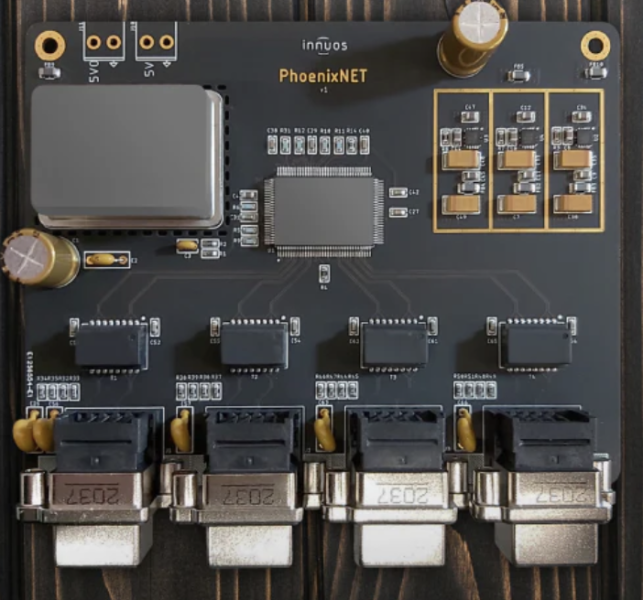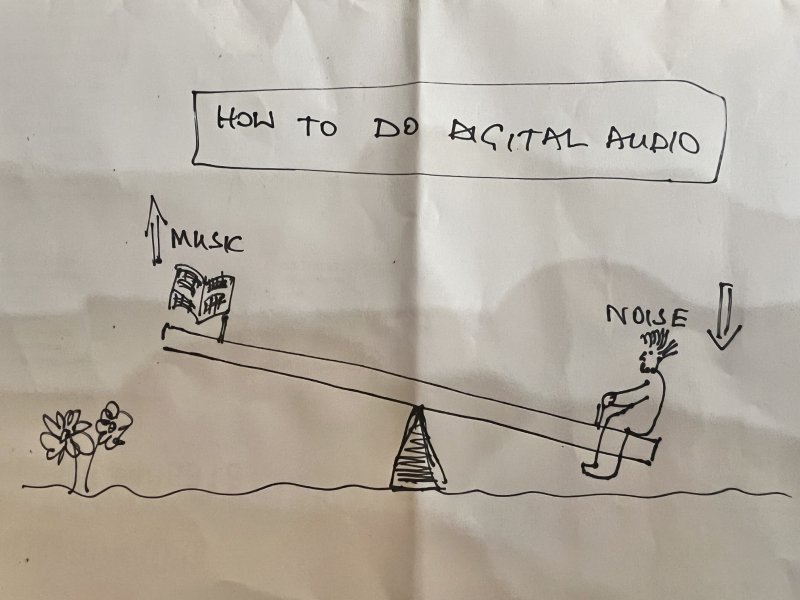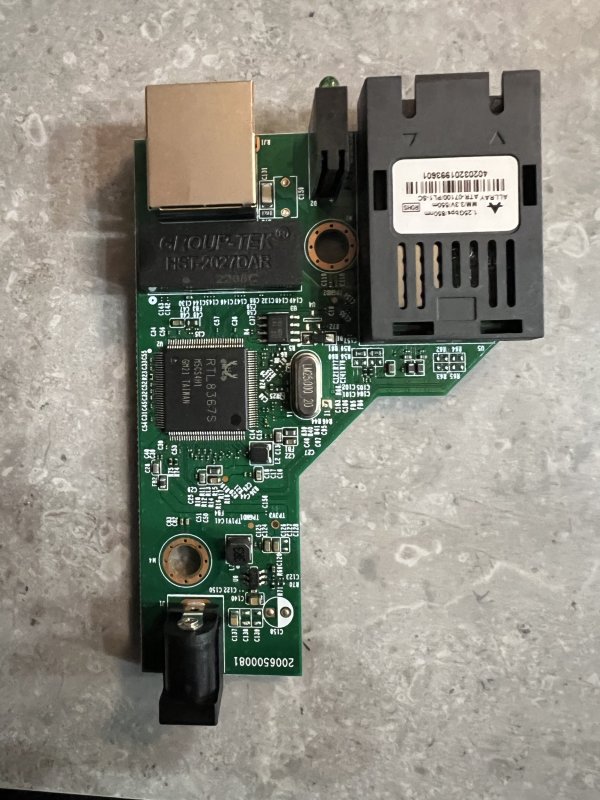I'ver been using a TPLink FMC with a battery power supply and external EMO LAN isolator for years.Do you have any observations about which one of these devices you prefer to listen to for sound quality?
Tom
I tried a Chord EE-1. No audible difference.
I tried a much higher quality clock in a Cisco switch. No audible difference.
Both of these were placed between the FMC and the streamer.
I've mostly bought digital products based on design and specification, I bought my DAC after a blind A/B listening test. This has worked for me, except for the switches above that I found useless. The only designer I've spoken to at length is Sean Jacobs, he lives here in the UK, who makes cables as well as designing power supplies for Innuos and others, and he designs them on technical performance.
I have spoken at length to Richard Coleman, who was the UK Sales Manager at Innuos. I think he's now at Naim.
When you look at these products, a lot of them are clearly designed to be used a preferred way:
- Taiko: Fibre in and fibre out to Taiko Extreme
- Melco: copper in (100mbs and 1gbs) and fibre out to Lumin streamers (which have SFP ports)
- Innuos: copper in and copper out to Innuos streamers, using 100mbs
- After Dark and Zayin: General purpose 10gps for speed merchants
As my main hifi system is fed from a central managed switch over fibre, the only product that might be of use is the Melco S100/2, basically as an expensive FMC.
If I was using a copper feed, I would go for the Innuos PhoenixNet and plug it directly into my Innuos Pulsar. It's typical purist, no frills Innuos design. I've used two of their units with Sean Jacobs designed power, they sound superb, I'd happily buy another.
I don't have the luxury of buying multiple switches sourced from around the world. Who does? Who in their right mind would buy the Zayin from the USA, the After Dark from Hong Kong and the QNAP from Amazon, when they are all the same switch with different power supplies.
Audiophile switches are all unmanaged. I use a managed switch. I've just switched this evening to Innuos Sense on a VLAN. There are 100 active devices on my network. The music VLAN restricts data getting to my audio system to 3 (my streamer, my music library and my mac to control it), excluding all other network traffic. Who knows what difference this makes, who here uses a VLN to isolate their audio?




















